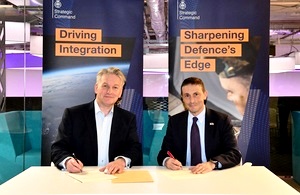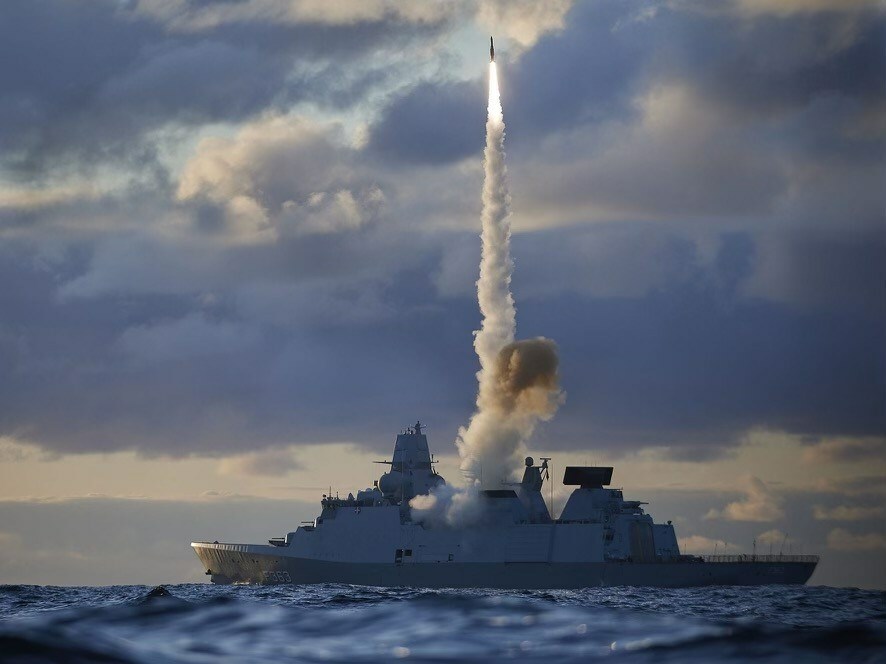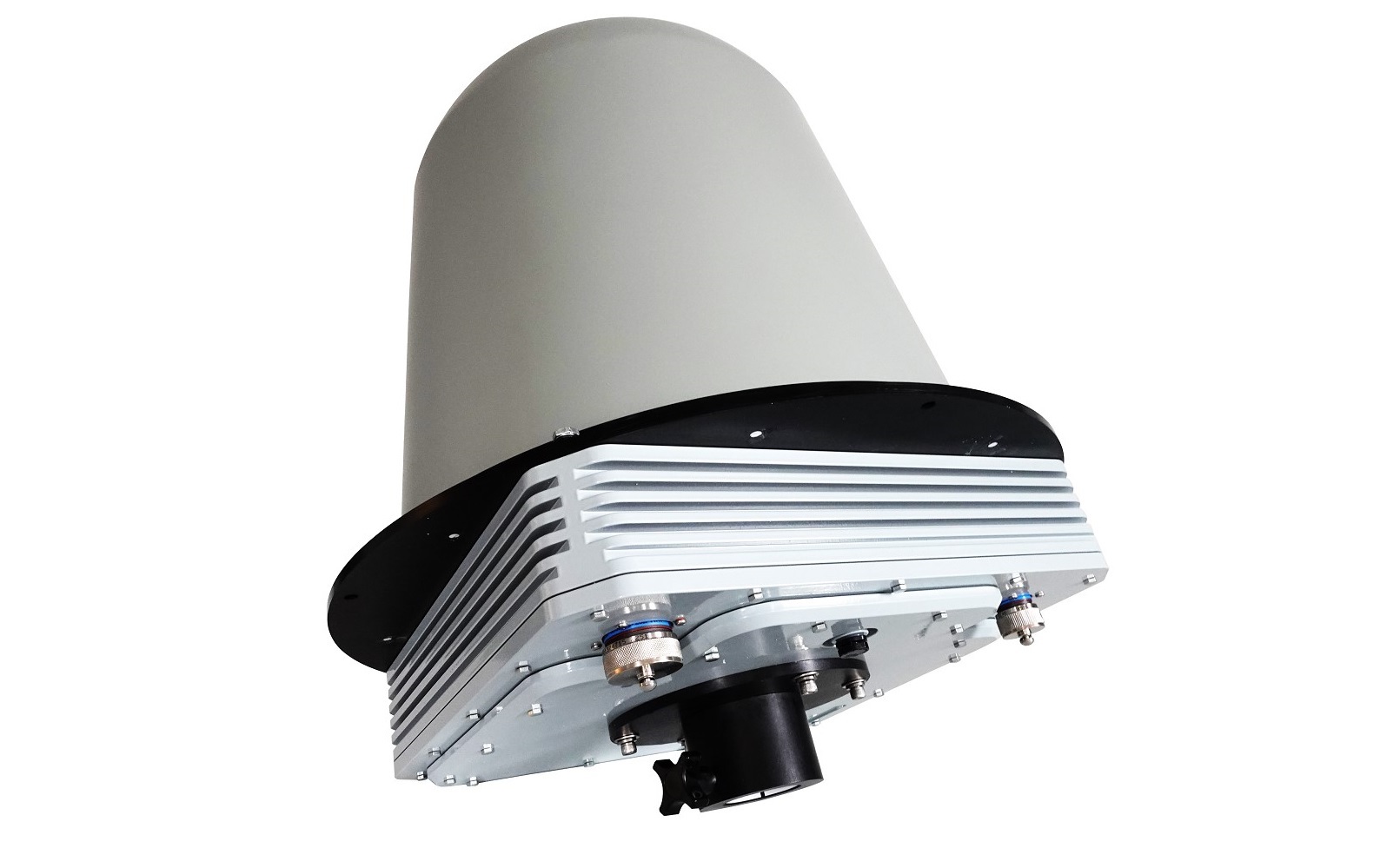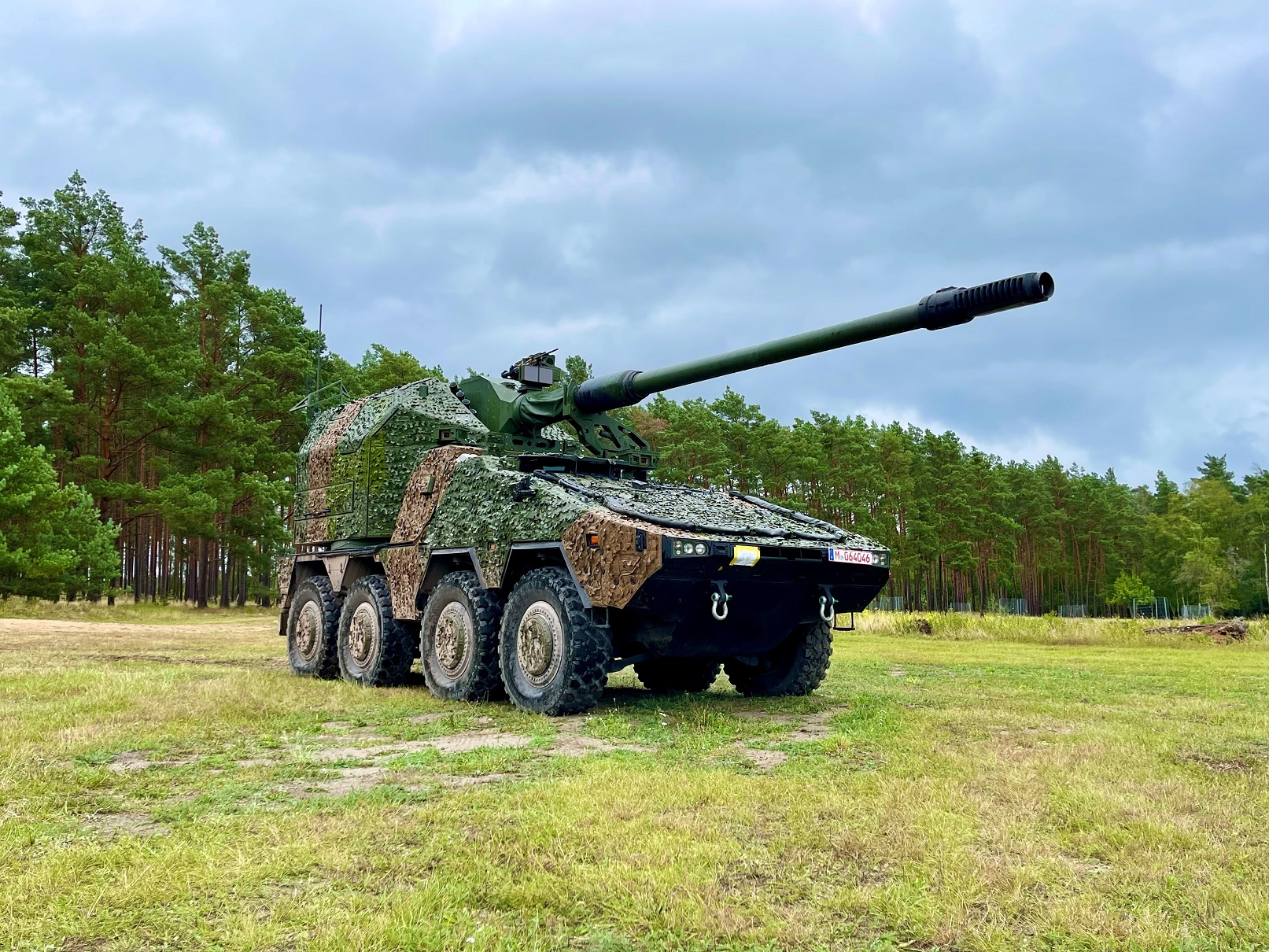QinetiQ hub-drive technology secures DARPA investment
Above: DARPA has released a video revealing a potential design for a GXV-T-inspired armoured fighting vehicle featuring independent, long-travel suspension ideally suited to a hub-drive system:
As part of an electric propulsion system, QinetiQ’s hub-drive replaces multiple gearboxes, differentials, and drive shafts with compact and extremely high-powered electric motors contained completely within the wheels. This approach dramatically reduces overall platform weight and opens up new design possibilities that improve safety and increase performance for military and civilian vehicles.

Above: Hub-drive raises the possibility of radically enhanced mobility and survivability.
In addition to creating possibilities for pioneering future designs, the technology has the potential to enhance present-day military vehicles. For example, an existing multiple-wheeled infantry vehicle retrofitted with the hub-drive system could exploit the extra power and agility that comes with reduced weight, or use the saving to offset extra armour, equipment, or personnel.
Dr David Moore, Director of Research Services at QinetiQ, said: “Conventional drive systems are heavy, place constraints on the use of space, and consist of components that can turn into lethal projectiles in the event of an explosion beneath the vehicle. Moving the drive system to within the wheels removes this threat and disrupts the trend of vehicles becoming heavier and less mobile due to increasing protection and weaponry.”
The hub-drive system is in development as part of DARPA’s Ground X-Vehicle Technologies (GXV-T) programme, under a $1.5m contract announced in September 2015. QinetiQ was the only non-US partner selected to take part in the programme, which investigates breakthrough technologies that could revolutionise future military vehicles.
 The latest $2.7m investment, awarded in July 2016, is for taking the technology from a concept design into the building and testing phase, including production of two fully working units.
The latest $2.7m investment, awarded in July 2016, is for taking the technology from a concept design into the building and testing phase, including production of two fully working units.
The QinetiQ team is also looking at opportunities to introduce similar hub-drive systems into commercial sectors such as transport, agriculture, mining, and construction.
Dr Moore added: “Hub-drive raises the possibility of radically enhanced mobility and survivability in a usable, affordable package, helping to reduce vehicle mass and retain a standard wheel size.
"The system could be scaled up or down for use on any number of vehicles, from dump trucks to space rovers. The benefits of enhanced power, high torque, efficiency, and agility are not limited to military vehicles, so we are keen to explore opportunities to use this technology in new and innovative ways.”
Steve Wadey, CEO of QinetiQ, said: “This is a prime example of exporting British innovation. DARPA’s investment provides a welcome opportunity to build on the early success of the hub-drive, for which progress is already exceeding expectations. We are excited to see how vehicle designers in different countries and industries might adopt our technology and use it to push boundaries within their own fields.”















